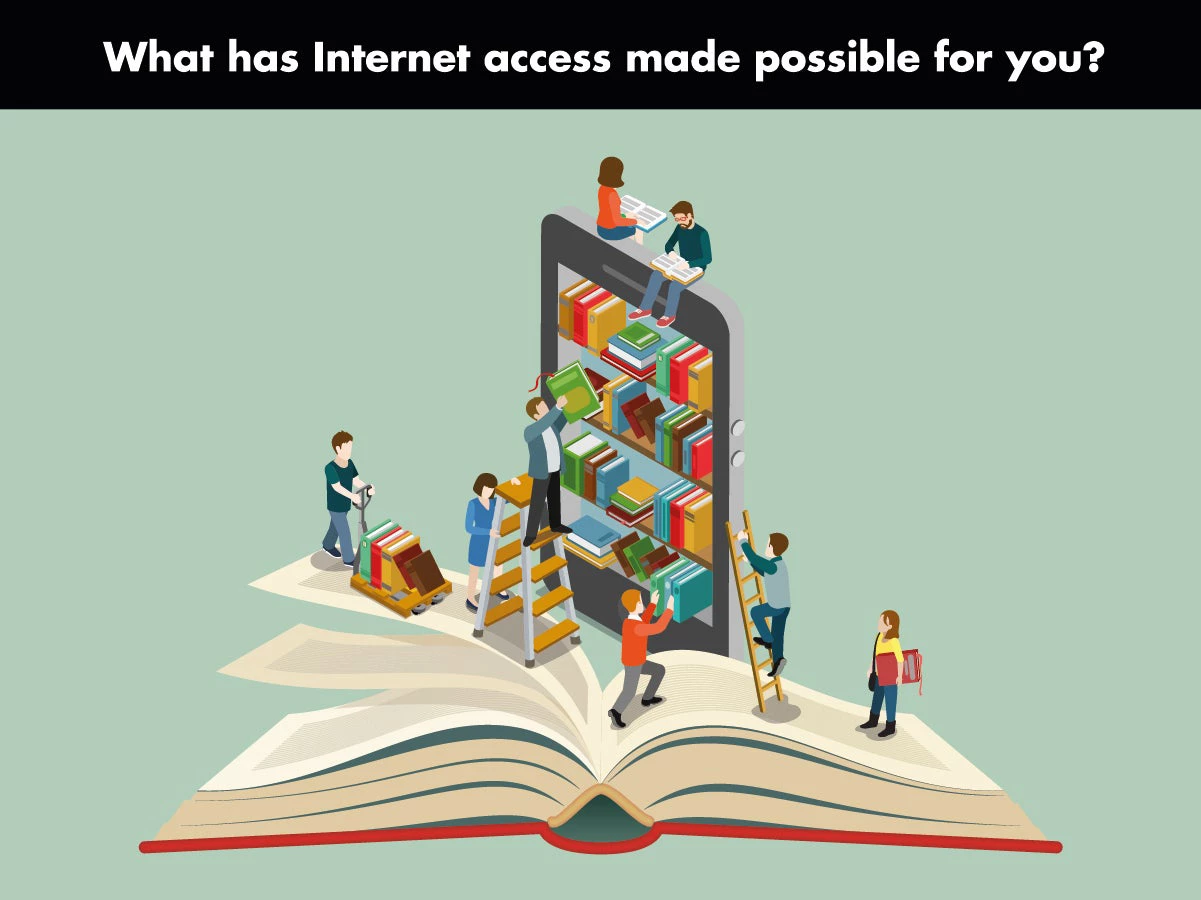When was the last time you unfolded a map on your last road trip? Or went to the post office to mail a letter? With a few swipes of your thumbs, you can pay bills, buy and sell stuff, hold conference calls, and talk to your friends and family. Whatever you need, and everything you may not know you need, there’s an app for that. If you’re plugged in, the world is, literally, at your fingertips.
But, according to the World Development Report 2016: Digital Dividends, for 60% of the world’s population who are not plugged in, as digital advances race ahead, their path out of extreme poverty grows ever longer. Over 1.7 billion women in low- and middle-income countries do not own mobile phones. Women in South Asia, for example, are 38% less likely to own a phone than men. If the path out of poverty is lined with digital products, then gender inequality places women at a greater disadvantage.
Some jobs are threatened by this increasingly connected world, jobs that machines can do faster, cheaper, and more efficiently. What will the people who rely on those jobs do?
Fewer than half of today’s schoolchildren can expect to work in an occupation that exists today. What can governments do to ensure kids get the education and training they need to compete in the digital global market?
20% of the world population is illiterate. What use is digital connectivity for people who can’t read or write?
What part must government, policymakers, and the private sector play in closing the digital divide and ensuring opportunities for all?
Experiences with the digital revolution vary widely, and we want to hear them all : the good, the bad and the gaping holes that need to be filled in order to end poverty. While the digital revolution paints a rosy future, that’s only part of the story. Share your stories about how the Internet has changed your life . Use the hashtag #digitaldividends to join the conversation.



Join the Conversation